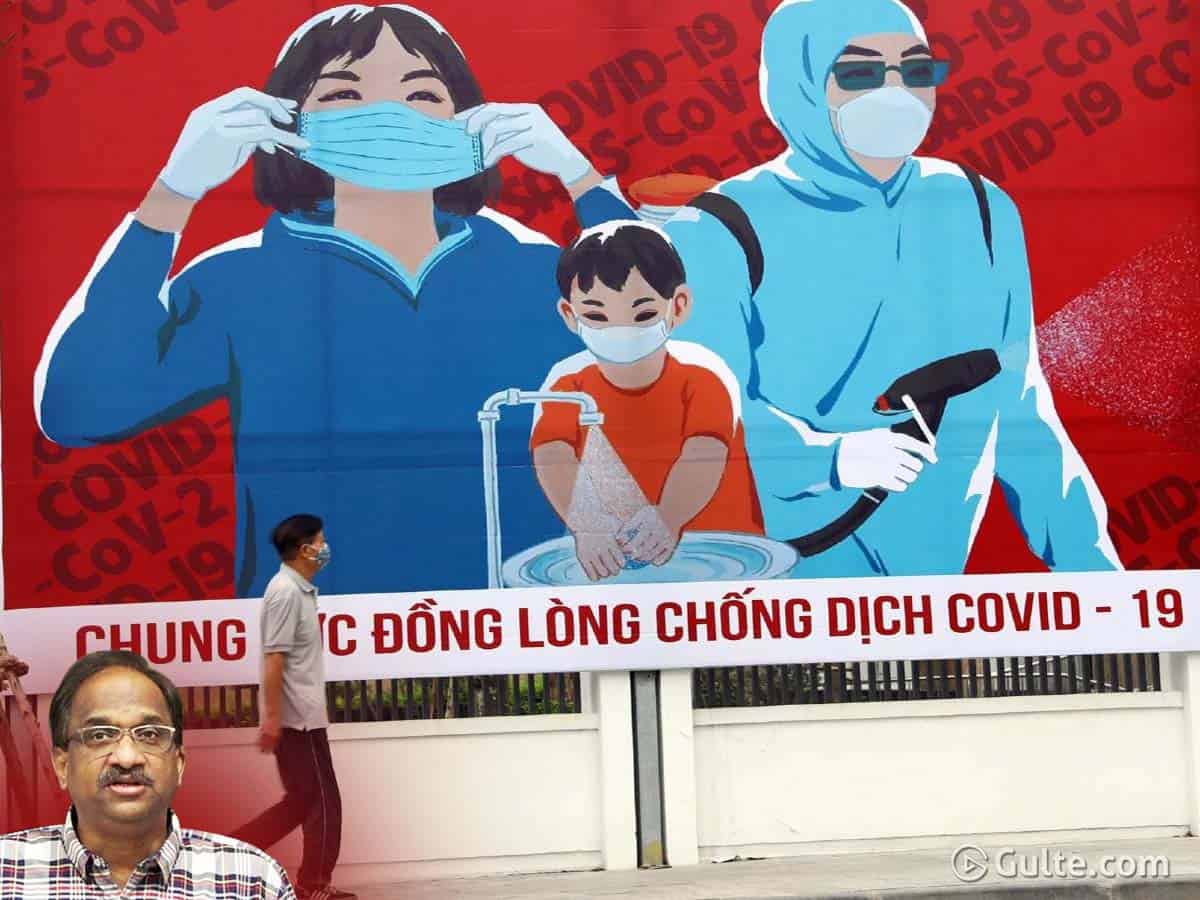Amidst pandemic sweeping North America and Europe, New Zealand, Germany, Iceland, South Korea have exceptionally dealt with the pandemic. Indian rulers may argue that these countries are not only economically superior but have a lesser population size. But, relatively weaker countries like Thailand and Vietnam have exceptionally managed pandemic, providing important lessons for India.
Thailand, with a population size of 69 million has reported 3500 cases and 59 deaths. Vietnam, with a population of 100 million, has done better. This South-East Asian country, despite geographical and economic proximity with China, the epicenter of the virus outbreak, could manage to limit the total cases to thousand and reported mere 35 deaths only. What led to such an appreciable success?
These two South-East Asian nations have done five things that need remarkable mention. They have put in place elaborate disease surveillance, case reporting, contact tracing, decentralized network of laboratories, and investing in human resources.
Vietnam has increased per capital public health expenditure by 9 percent every year for the last two decades. This helped the country in building reasonably robust public health infrastructure that could protect people in an hour of the pandemic. On the contrary, India has witnessed a rapid expansion of private health infrastructure that does not effectively deal with communicable diseases, especially epidemic situations. India made a feeble effort to ramp up public health facilities. The central government has spent an additional 15,000 crores on health during the pandemic and allowed only half of it to be spent immediately. As early as in 2009, Vietnam has set up a central database for reporting disease cases in real-time. This central data facility employed a large number of physicians, field-level epidemiologists and information technology personnel.
Thailand also has a well developed public infrastructure similar to Vietnam. This country started screening all passengers at the airport from as early as January 3. But, India started airport screening at a much later date making the country vulnerable to this imported disease. Also, Thailand has provided health insurance to all migrant labourers, whereas India witnessed thousands of migrant labourers on a long march to their home states.
Both these countries, known for large tourist arrivals, could ensure 95 percent of the people wearing masks. South Korea, which has witnessed one of the earliest outbreaks of COVID-19, successfully managed the pandemic by implementing a robust testing, tracing, and treating system. India suffered from one of the lowest levels of testing for many days into the pandemic. Though India significantly ramped testing since then, it still lags behind the United States and European nations in testing.
Article by Prof K Nageshwar.
Tags Covid-19 Prof K Nageshwar Thailand Vietnam
 Gulte Movie News And Politics
Gulte Movie News And Politics


















